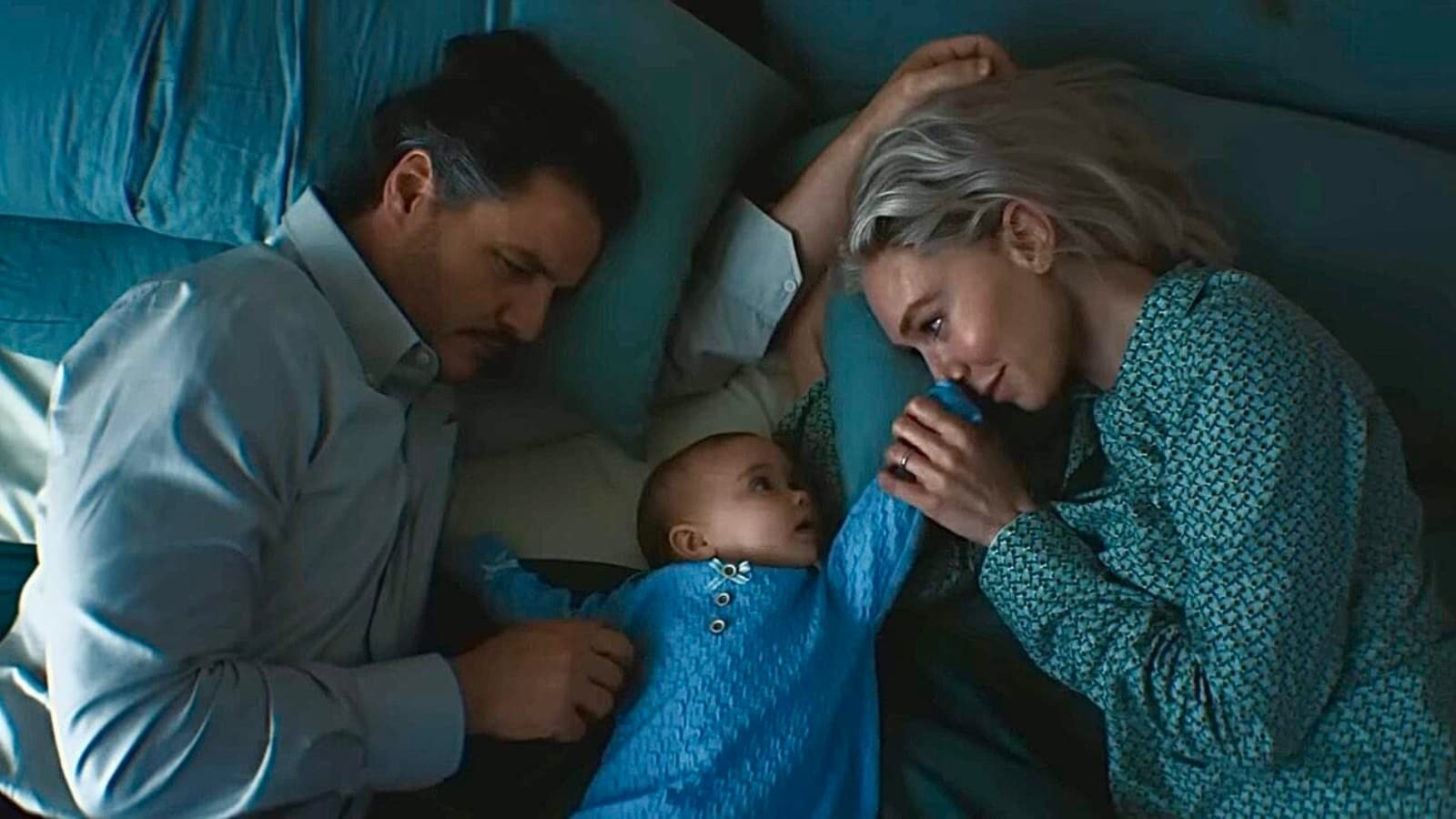'Jurassic World Rebirth' review: Scarlett Johansson, Jonathan Bailey, and Mahershala Ali bring new energy to dinosaur saga
Dr. Henry Loomis, a weary paleontologist portrayed by Jonathan Bailey, voices a familiar concern: audiences have grown tired of seeing the same prehistoric beasts. That corporate dilemma triggers a radical move by biotech titan InGen—splicing DNA to engineer brand-new dinosaurs for public fascination. Loomis calls it "engineered entertainment," but the term equally suits Jurassic World Rebirth, the latest chapter in the decades-old franchise Steven Spielberg launched into cinematic legend.
Courtesy of Universal
Director Gareth Edwards revives the dino-driven spectacle with a potent mix of old and new. While the storyline echoes beats from earlier entries—especially Jurassic Park and Jurassic Park III—this installment electrifies the formula with monstrous new hybrids, immersive visual effects, and a tightly wound narrative. Screenwriter David Koepp, a veteran of the original films, returns to co-write a script that favors momentum over reinvention.
The plot unfolds in the aftermath of Jurassic World Dominion, where dinosaurs have spread beyond sanctuaries but struggle to adapt to Earth's atmosphere. Many now survive only in a tropical zone near the equator. Tourism is banned, but corporate greed persists. Pharma executive Martin Krebs (Rupert Friend) launches a secret expedition to extract DNA from the island’s most massive species: the land-dwelling titanosaurus, the aquatic mosasaurus, and the airborne quetzalcoatlus.
Krebs recruits Zora Bennett (Scarlett Johansson), a battle-hardened ex-special forces contractor, and Dr. Loomis, whose ethical reservations grow throughout the mission. They charter the Essex, captained by Mahershala Ali’s Duncan Kincaid, whose grief mirrors Zora’s own. Together with a colorful crew, they sail toward Isle Saint-Hubert—where familiar Jurassic chaos quickly unfolds.
A parallel thread follows Reuben Delgado (Manuel Garcia-Rulfo) and his two daughters on a sailing trip interrupted by a mosasaurus attack. The family’s rescue intersects with the Essex crew just as dinosaurs strike. A spinosaurus ambush splits the group, stranding both parties on the island and launching a survival-driven race across monster-infested terrain.
Thailand’s lush jungles stand in convincingly for the Mesozoic ecosystem, shot with vintage Panavision lenses for a cinematic texture that echoes Spielberg’s original. Edwards crafts gripping set-pieces—from cliffside egg heists to jungle ambushes—and the film balances spectacle with emotion. Henry and Zora’s evolving relationship adds charm, while the bond between Reuben’s daughters brings heart to the mayhem.
The film’s emotional core peaks in a serene valley where gentle titanosauruses graze. Henry’s reverent awe recalls the wonder of 1993’s Jurassic Park, and Alexandre Desplat’s lush score—interwoven with John Williams’ iconic theme—elevates those quieter moments.
Old threats like the T. Rex and new monstrosities like the genetically twisted D. Rex make for unforgettable encounters. Seamless visual effects blend real-world locations with CGI mastery, especially during the white-knuckle climax where science, survival, and human ambition clash once more.










